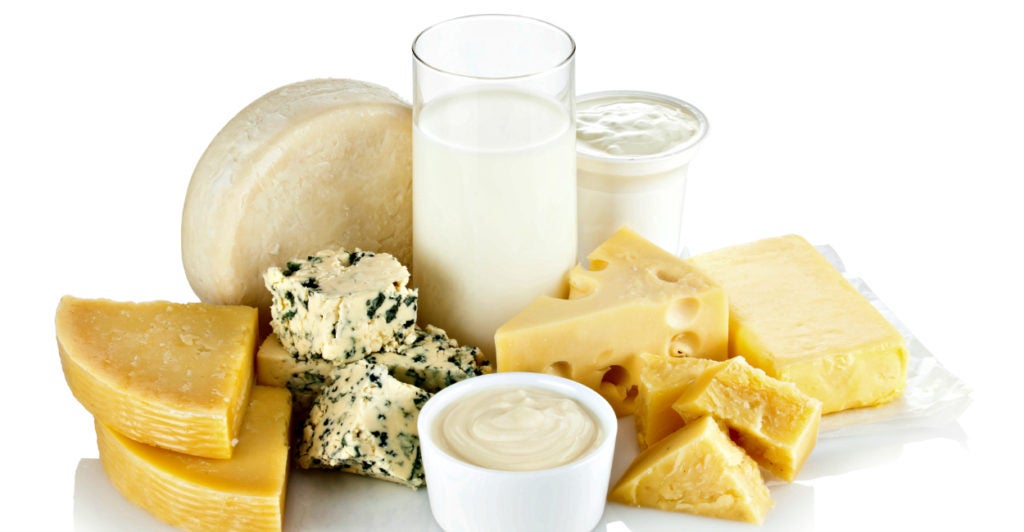Milk production in the U.S. is growing, benefiting from favorable weather, low feed prices, bigger cow herds, and increasing production per cow.
This is good news. However, it hasn’t been good news for taxpayers.
Large milk supplies are bringing down the price of milk. As a result, in August, the Department of Agriculture (USDA) purchased $20 million worth of cheese to reduce the cheese supply and drive up allegedly low milk prices. This discretionary authority to make such purchases exists as a result of Section 32 of the Agriculture Act of 1935.
Apparently, the first cheese bailout was insufficient. So earlier this month, the USDA announced it would buy an additional $20 million worth of cheese. This intervention is on top of the already existing federal programs to help dairy producers.
Low prices inform businesses to reduce production. Due to price volatility, as is often seen in commodity markets, businesses know (or should know) to save money when times are good so they can be prepared when conditions are less favorable. If conditions aren’t favorable, businesses may need to innovate, diversify operations, or identify other ways to manage risk.
When it comes to agriculture, though, the federal government seeks to insulate many farmers from low prices. This critical signal to reduce production can get lost.
Government intervention discourages farmers, including dairy producers, from responding to market conditions as they would if such meddling didn’t exist—by saving money, diversifying, and so on.
The Organization for Economic Cooperation and Development effectively captures the problem of government intervention to address price risk in agriculture:
Governments have often assumed that the answer to farming risk lies in stabilizing prices. In fact, by doing this they may actually increase the variability of income and have the opposite effect. … Price interventions will isolate farmers from underlying market fundamentals such as high prices that signal a negative supply shock or low prices that signal over-supply. Governments end up carrying the entire burden of risk management at high cost to consumers and taxpayers because their actions have crowded out the efforts of farmers themselves and the private sector.
Protecting producers from low prices is simply bad policy. In the current situation though, even the underlying premise of low milk prices is faulty.
While claims are made about major drops in milk prices over the past two years, these claims fail to mention that the price in 2014 was a record high.
In 2014, the price of milk was $24 per hundredweight, or cwt, which equals 100 pounds. From 2001 to 2015, the median price was $16.30 per cwt. The 2015 price of $17.10 was above the median.
The latest USDA forecast for the 2016 year is slightly below the median at $15.80-$15.90 per cwt. Last month, the USDA forecast was right around the median at $16.10-$16.30.
In other words, these prices are low compared to the record high, but are not unusual compared to prices over the past 15 years. In fact, from 2001 to 2015, milk prices were in the range of $12 per cwt four separate times, so a price of $15-$17 certainly shouldn’t be a surprise.
Ironically, if the prices had simply remained flat for the past 15 years (that is, stayed at about $15-$17), there would be no call for the government to purchase cheese.
It’s because dairy prices went to a record high benefiting farmers, followed by an inevitable decline, that the federal government intervened in the first place.
The USDA should stop trying to reduce stocks of commodities to help with low prices, from cheese to poultry. Congress should prohibit the use of Section 32 for such price-related purchases and stop trying to insulate farmers from price risk in general.
